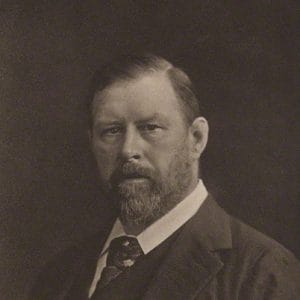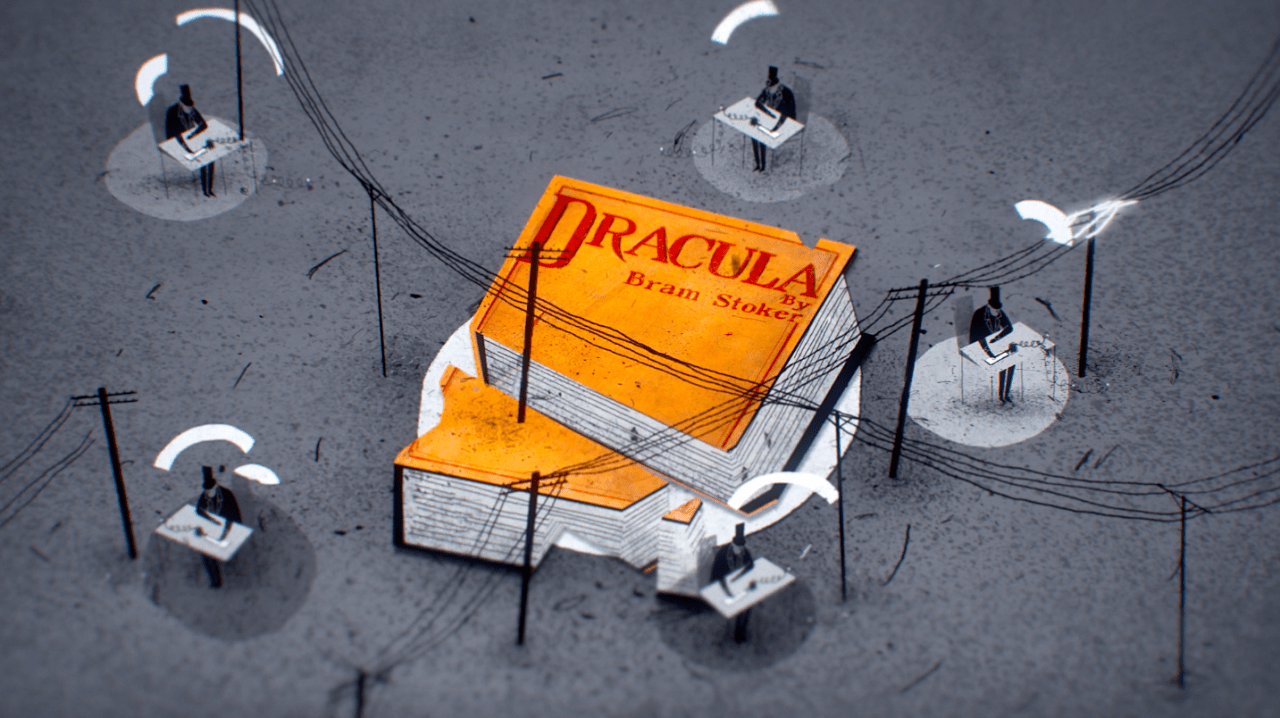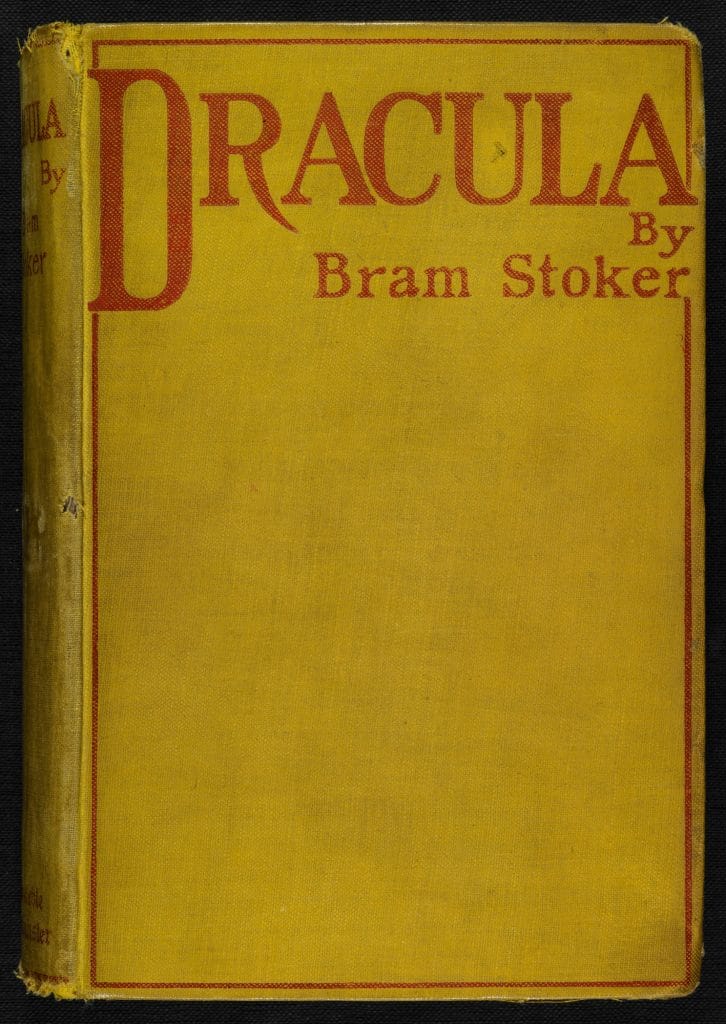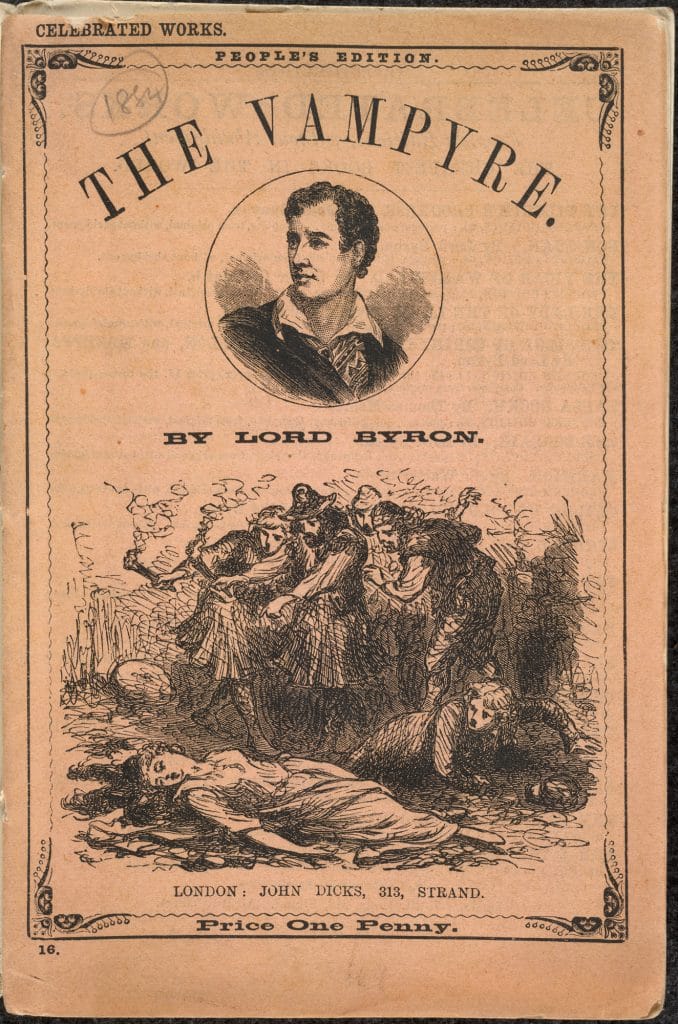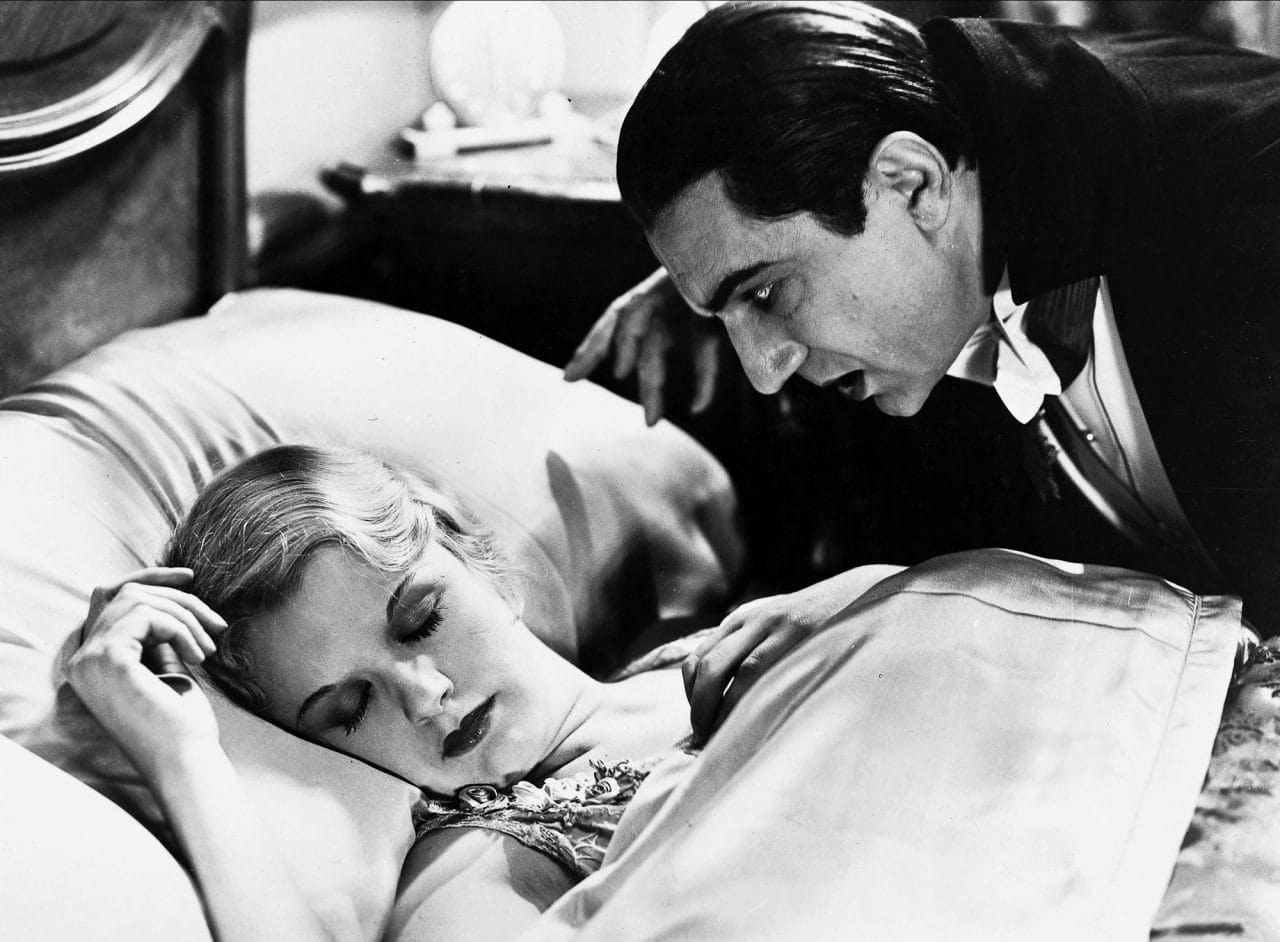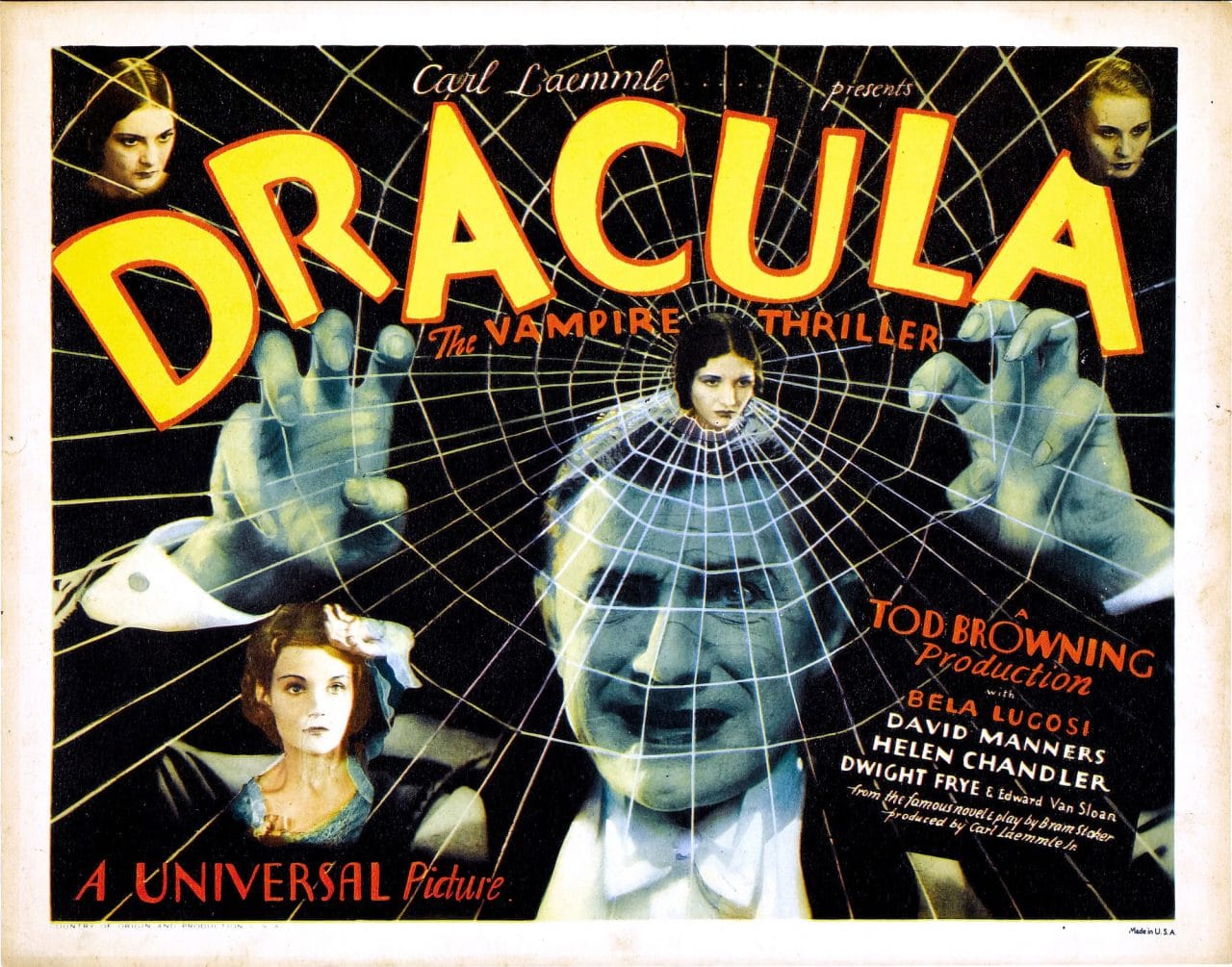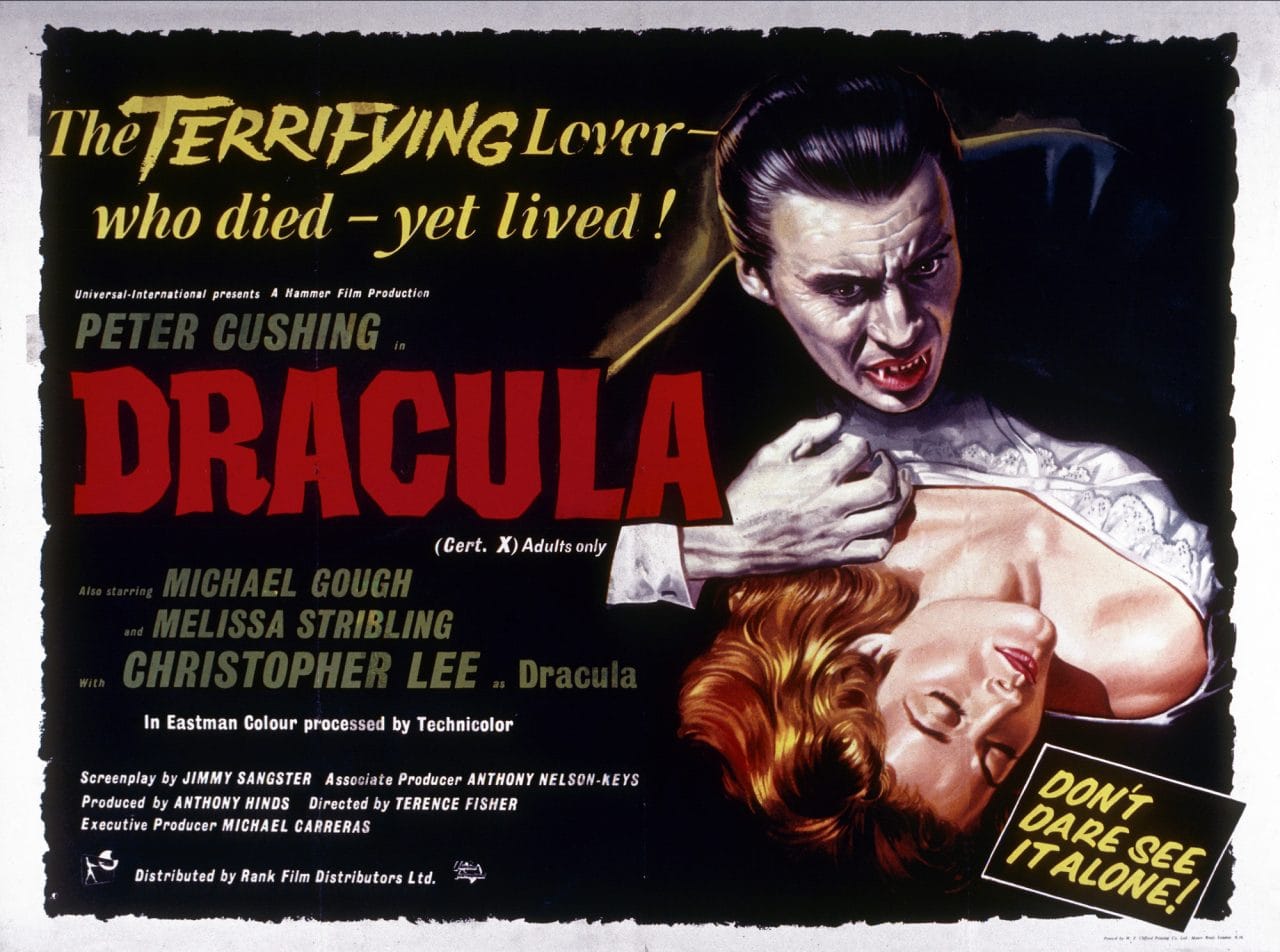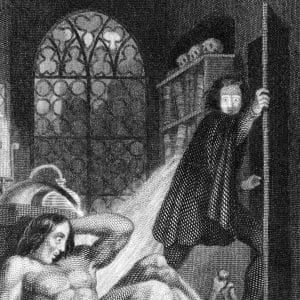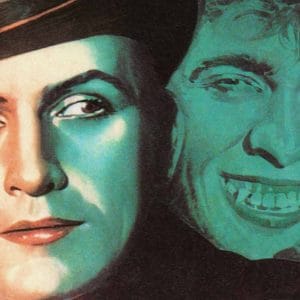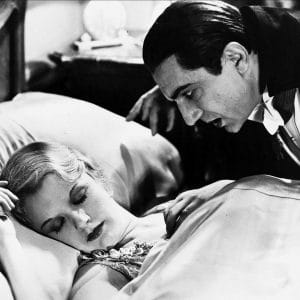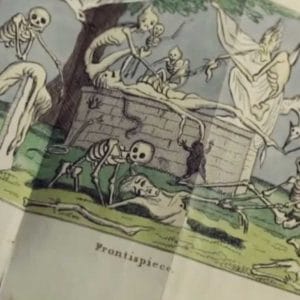
Bram Stoker’s Dracula
出版日期: 1897 文学时期: Victorian 类型: Gothic
Bram Stoker’s novel Dracula, published in May 1897, is one of the outstanding works of Gothic literature. The story, told in the form of letters and journal entries, tapped into the fears that haunted the Victorian fin de siècle. In Dracula, modern, progressive Britain is menaced by decayed, aristocratic Europe. Superstition is pitted against science, and wanton female sexuality, in the guise of Lucy Westenra, is contrasted with the traditional respectability of Mina Murray. The book is an imaginative tour de force, full of terrifying and dream-like imagery, but its roots lie deep in the anxieties of late-Victorian Britain.
The second of three animated virals to promote the new Sky series Penny Dreadful, created at Beakus by director Gergely Wootsch. Taking inspiration from the origins of Dracula, this dark and atmospheric clip is narrated by Matthew Sweet, and illustrates how the novel came about.
‘Penny Dreadful’ is a major drama series on Sky created by John Logan and starring Josh Hartnett, Timothy Dalton, Eva Green and Billie Piper.
What is Dracula about?
A newly qualified lawyer, Jonathan Harker, travels to meet a client, Count Dracula, who resides in the remote Transylvanian mountains on the very edge of Christian Europe in the castle that has been the home of his aristocratic family for centuries. The Count wishes to discuss his planned move to London. Harker soon learns that local superstitions against the Count have some basis in reality: Dracula is deeply feared, and he seems to prey physically on the local population in some way. Harker succumbs to brain fever, and can no longer quite trust his senses. Dracula makes his inexorable way to England, arriving on a ghost ship in the northern port of Whitby. The novel offers suggestive glimpses of how he begins to prey on a local beauty, Lucy, who suffers a strange wasting disease that the professional men around her are unable to diagnose. It is only after Professor Van Helsing arrives, with an expertise in occult lore as well as medicine, that we learn that Dracula is a vampire, not just a figure of Eastern European superstition but a horrifying reality: a creature that sustains a half-life for centuries by sucking on the blood of the living. Those drained in turn become vampires; Dracula is therefore the origin of an outbreak of a dangerous infection. The disbelieving men see Lucy revived and preying on young children after her apparent death; they are forced to kill her, using a wooden stake driven through the heart. The second half of the novel focusses on Van Helsing and his friends working together first to expel the vampire from England, then to chase him back all the way to Transylvania, where they kill him, securing victory for Christian Europe over a dangerous enemy.
Popular literature in the late 19th century saw a cluster of very famous novels that produced new kinds of Gothic monster. Robert Louis Stevenson wrote The Strange Case of Dr Jekyll and Mr Hyde, about the splitting of the self in 1885. H G Wells wrote about the invasion and destruction of London in War of the Worlds in 1898.
Dracula did not invent the vampire, as this figure has appeared in different folkloric traditions, and it had been a standard figure in English literature since the highly successful short story, ‘The Vampyre’, published by John William Polidori in 1819. The revival of Gothic romances in the late Victorian era was full of vampire stories, and Stoker was explicitly inspired by the story ‘Carmilla’ by another of his Irish friends, the writer Sheridan Le Fanu.
The question that inevitably arises is why a folkloric figure, usually associated with peasant superstitions and ignorance, became so central to popular Gothic fiction? What does the vampire represent?
Gothic revival
The most immediate answer is that the plot of Dracula addresses a key issue in Britain in the 1890s: immigration. At the time, the British state was renowned as a place of tolerance for refugees, dissidents and the persecuted. When the Russian state began persecuting and expelling Jews, many hundreds of thousands ended up in the slums of London. The numbers began to concern some, and there was a constant tightening of the rules regarding the entry of ‘aliens’. As is common in panic narratives about racial or religious ‘others’, conservatives voiced the barely disguised threat to the purity of the white race and the danger to the virtue of English women from foreigners.
1897, the year of publication of Dracula, was also a Jubilee year for Queen Victoria, who had served 60 years on the throne. The public discourse proclaimed that she reigned over the largest Western empire ever created, and indeed Britain was still in the process of annexing large areas of land in Africa and the Pacific at the time. There was much public and political insistence that England ‘ruled victorious’.
The novel Dracula is one of the places where the dark underside of this public discourse is expressed. It is very important that one of the houses the Count buys in London is on Piccadilly, just a short walk from Buckingham Palace, the London residence of the Queen. Dracula arrives by slipping through any and all defences against illegal entry or the quarantine requirements then heavily enforced in sea ports. Rather like the mythical figure of ‘Typhoid Mary’, the Irish cook who unknowingly infected many people who died on her emigration to America in 1900, Dracula is a source of a deadly disease.
Many readers have noted that the Count is described in terms that suggest he is meant to evoke the stereotype of the Eastern European Jew. It is also typical of 19th-century melodramas that this devilish foreigner is also most interested in preying on virtuous English women. Just the year before, George du Maurier had published the book Trilby, which introduced the figure of Svengali, the Jewish hypnotist who compels a beautiful woman to act to his command. Dracula is the same threat to women.
While the novel might seem to be a conservative expression of English imperial and Christian virtues (which it is), it is also interestingly suggestive that no assertion of power can come without an anxiety undercutting it. The heroes might eventually defeat the vampire, but many of the characters are unmanned in the process, injured, debilitated and found wanting. Dracula, in the year of Victoria’s Jubilee, reveals an England anxious and unnerved by the very modern world it most seems to uphold.
Written by: Roger Luckhurst
This text is available under the Creative Commons License.
